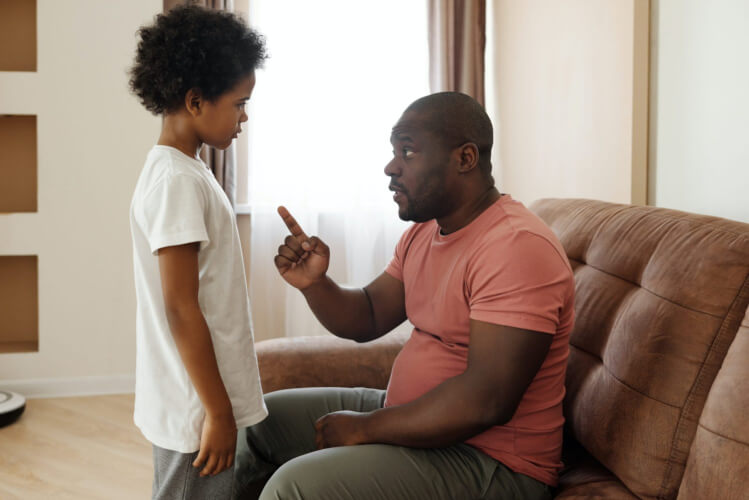
Positive discipline might sound strange, at first. Mostly when we think of discipline, it carries a negative connotation. When you have to discipline your children, for example, you’re usually doing something that will show them the consequences of their actions.
With that in mind, however, every parent has their own way of disciplining. While there is no one “right” way, positive discipline can change the way you talk to your kids and guide them in the right direction.
Based on the bestselling books by Jane Nelsen, positive discipline focuses on encouraging both children and adults to be contributing members of society. It can be used by parents, teachers, counselors, coaches, or anyone who might be in a disciplinary role, to teach others how to find their own sense of belonging.
But, what is it, and how can you implement it?
What Are the Criteria?
Positive discipline focuses on five criteria that help children and adults alike find their place, so they can contribute something back to their community. Those criteria are:
- Feeling a sense of connection and significance
- Being respectful and encouraging
- A focus on long-term effectiveness
- Teaching social skills
- Teaching children how capable they are
When parents use positive discipline on their children, it isn’t about yelling or taking things away. It isn’t about grounding your children so they “learn a lesson.”
Rather, it focuses on problem-solving. With positive discipline, it’s clear that you are the authoritative figure. You will use that authority to clearly communicate which behaviors are acceptable and which ones aren’t.
Positive discipline is more than just a new way of “keeping your kids in line.” Rather, it uses encouragement, empowerment, and mutual respect to address and adjust behaviors.
Why Does it Work?
If you’re thinking that talking to your child and encouraging positive behavior isn’t firm enough, then consider the last time you disciplined your child. What was their reaction? Did it seem like they were really listening or really affected by the punishment?
More importantly, did they change their ways?
Positive discipline works so well because of the mutual respect you give and receive. When you encourage your child and help them see what they can do and be, they’re less likely to fight back against the discipline. They might even gain more confidence and have a greater desire to do better.
How to Implement Positive Discipline
Perhaps the only downside to positive discipline is that it takes a lot of practice to get right. It can be even harder if you were raised by parents who were more authoritative and didn’t communicate often.
Positive discipline utilizes both verbal rewards and physical ones. But, getting those rewards right is important. There’s a fine line between rewarding your child for good behavior and bribing them before a behavior even occurs.
One of the best ways to implement positive discipline into your life is to create a plan with your family. Make a commitment to using this type of discipline and explain how things will work. If you’re still struggling, you can get more information from Jane Nelsen’s books, or you can work with a certified positive discipline trainer.
If you’re interested in learning more about this type of discipline and how it can work for your children and your family, feel free to contact me. Together, we can go over more of the benefits and develop a strategy so you can start to use it as soon as possible.
It’s likely going to be a big change in how you’re used to disciplining your children, but it’s meant to prepare them for the future and strengthen their sense of self better than most traditional disciplinary methods ever will.
